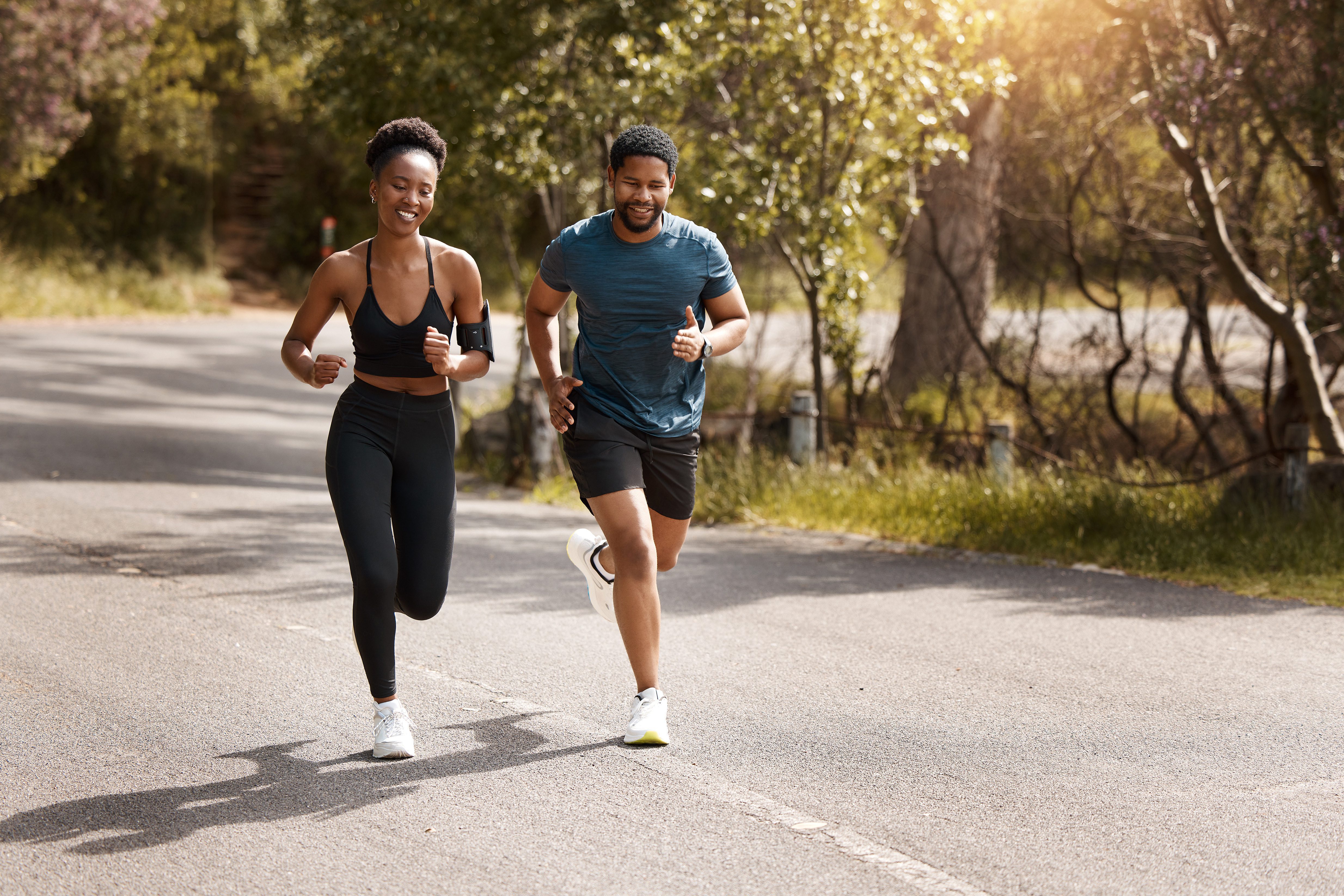Women’s health and sports
On International Women’s Day, we’re reminded of the importance of undertaking women-specific research within the sport sector. Recent research on the relationship between women’s health and soccer showed that muscle and tendon injury rates were 88% higher during specific phases of the menstrual cycle. Additionally, 20% of injuries occurred after the expected date of menstruation….
Indirect detection of doping in sports
The athlete biological passport (ABP) was created to assist with the detection of doping in sports. Unlike traditional detection methods which are one-off and direct, the ABP is an electronic record of an athlete’s biological attributes, developed from multiple samples taken over time. Variables are monitored closely to identify any changes that may indicate the…
Cardiovascular effects of performance enhancing drugs
Performance enhancing drugs (PEDs) are associated with dangerous effects on the heart. Research shows that they increase the risk of heart attack and can result in abnormal blood clotting and an irregular heartbeat. PEDs also help athletes over-exert themselves, which can cause increased strain on muscles of the heart. PEDs are banned in sports and…
Exercise and the heart
Exercise has many beneficial effects on the heart. Regular exercise reduces body weight, blood pressure, improves muscular function and strength of the heart and improves the body’s ability to take in and use oxygen. Research shows that adults should engage in at least 30 minutes of modest activity every day for heart health benefits. Modest…
Physical activity and school performance
Research shows that physical activity can improve academic performance in children. In addition, engaging in physical activity can improve attention and cognition. It is recommended that teachers provide students with physical activity breaks and that physical activity is integrated into the curriculum.
Outdoor training and sun safety
Athletes who train for extensive periods of time outdoors have an increased risk of exposure to the sun’s UV rays, and thus an increased risk of skin cancer. Research shows that athletes who participate in water-based sports, such as open-water swimming, surfing, or sailing, face an even further risk due to the reflective qualities of…
HIIT or SIT?
Both high-intensity interval training (HIIT) and sprint interval training (SIT) have been shown to improve performance, but through different body adaptations. HIIT improves the heart’s ability to pump blood to exercising muscles, while SIT causes greater changes in how the muscles absorb and use oxygen.
Move over menstrual cycle: Ovulation monitoring is the new gold standard to monitor REDs in female athletes

Highlights Low energy availability (LEA) arises when there is not enough energy (calories) consumed to support critical body functions as well as extra physical activity, such as training Relative Energy Deficiency in Sport (REDs) is a result of longstanding LEA and is associated with a variety of negative health and performance outcomes Until recently, menstrual…
Exercising outdoors in Canada: What the research tells us about exercising safely and effectively in extreme cold
Highlights Our bodies experience cold as a physiological stressor, meaning that one’s body must work hard to keep itself in thermal balance It is important for athletes and coaches to be aware of ways to mitigate the risks of cold exposure, which can include tissue injury and diminished cardiovascular capacity This article summarizes the research…
Exercising outdoors in Canada: What the research tells us about exercising safely and effectively in extreme heat

Highlights While Canadians are used to severe winter weather, 9 of the 10 warmest years on record in Canada have occurred in the last 25 years. This has real world implications for outdoor sport events. For example, even the best triathletes in the world struggled with the extreme heat in Edmonton in July, with Paula…